Product Description
The small round variety is peeled and boiled, sold either frozen, bagged in its own liquids, or canned. The plant is actually inedible when raw because of needle-shaped raphides in the plant cells.Typical of leaf vegetables, taro leaves are rich in vitamins and minerals. They are a good source of thiamin, riboflavin, iron, phosphorus, and zinc, and a very good source of vitamin B6, vitamin C, niacin, potassium, copper, and manganese. Taro corms are very high in starch, and are a good source of dietary fiber. Oxalic acid may be present in the corm and especially in the leaf, and these foods should be eaten with milk or other foods rich in calcium so as to remove the risks posed by ingesting the oxalate ion, especially for people with kidney disorders, gout, or rheumatoid arthritis. Calcium reacts with the oxalate to form calcium oxalate which is very insoluble.
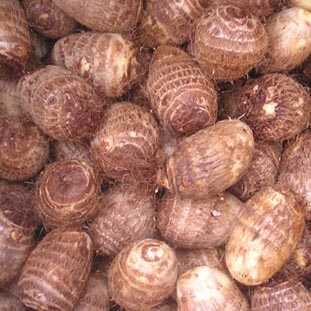


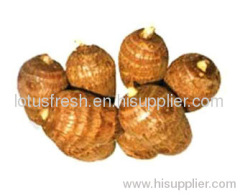
.jpg)
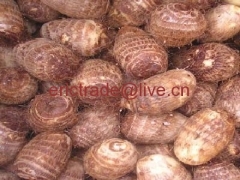
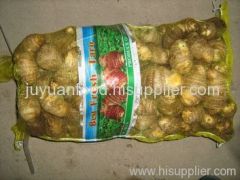
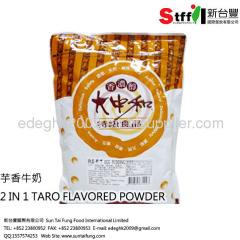
.jpg)